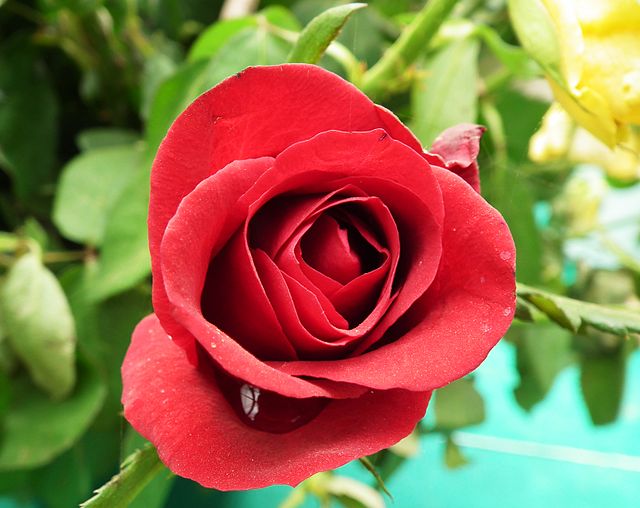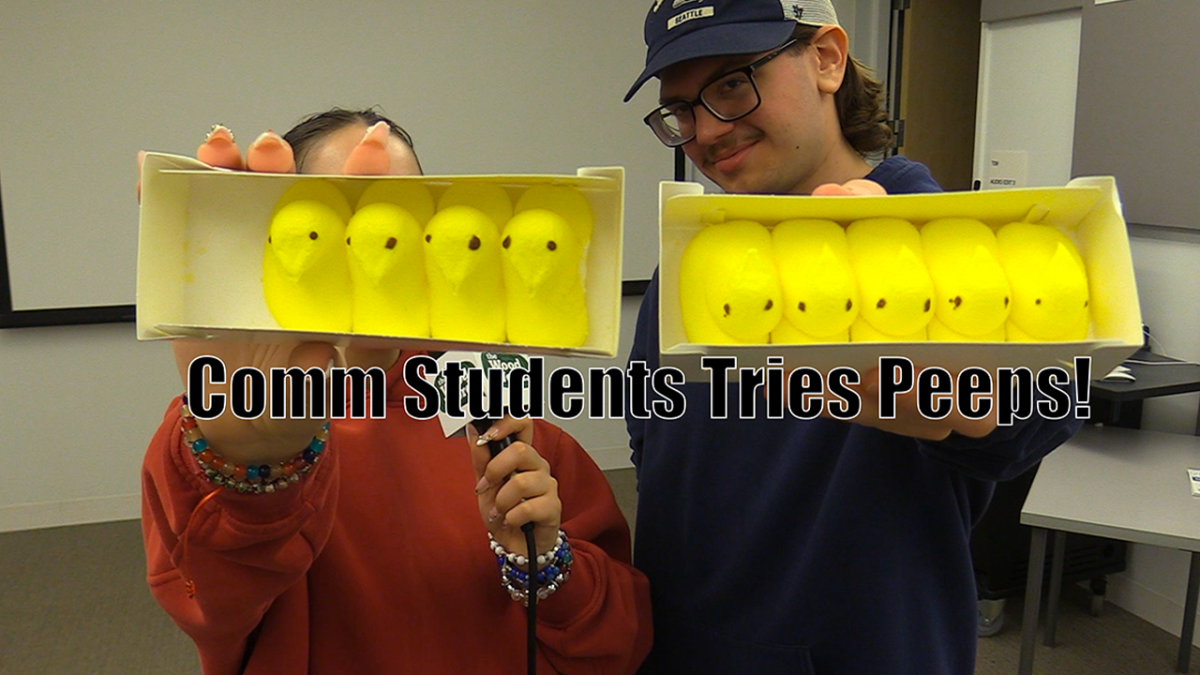Joseph Petro
Outlook Editor

Let’s face it. In these hard economic times we are all trying to save a little green and so is Marywood University, but they’re saving a different kind of green—the environment.
In recent years Marywood has taken steps to reduce waste, pollution, and reduce their carbon footprint. Administrators have pursued this effort, sparing no cost to preserve the natural beauty and health of our environment. The University has done this through installing various eco-friendly systems and as well as a recycling program.
Marywood’s architecture building is outfitted with a green vegetated roof that is both visually appealing and practical. The building also has a system to collect rain to supply its toilets with water. Its passive cooling system with “cool beam” technology helps to reduce energy use. And, many of the construction materials used to construct the new building were made from recycled materials. For example, the hardwood floors from the old gymnasium were refinished rather than replaced. Even the desktops used in the facility are made from bamboo. Despite what most might believe, these efforts don’t hinder the appearance of the facility. If anything, they make it more calming.
The new Aquatics Center at Marywood is powered by a wind turbine to harness wind energy. The turbine worked so efficiently that Marywood is considering purchasing six additional turbines to power other buildings as well. The purchase of these turbines is more expensive than normal energy costs, but greatly improves the environment.
Marywood has also found a use for abandoned mine shafts that reside beneath the campus. The water from these mines is used to heat and cool buildings on campus with a new geothermal heat system.
On a daily basis most of us do not take into consideration the effect of the products we use in our everyday lives. Marywood has taken the initiative to reduce waste even on the most minuscule level. The university has developed “Project Green Thumb” to encourage students to recycle their waste. Separated items such as cardboard, bottles, plastic, and cans are either recycled or composted.
Trays have been removed from the dining halls to reduce waste of water in clean up, teach portion control, and promote healthier eating habits. Drinking straws have also been discontinued from the dining hall in order to reduce waste. “Project Clean Plate” collects food and weighs waste periodically. The results are posted in the dining area to notify students of the waste that has been collected. Chartwells will make donations to local food pantries if the waste in the facility is reduced due to the conservation by students and faculty. Marywood also makes an effort to purchase from local growers in order to reduce the unnecessary pollution of transporting produce.
The American Public Garden Association (APGA) has established Marywood as an official arboretum in 1997. A 26 plot garden, with 42 species of trees and 103 variety of trees, a variety of shrubs, along with ornamental grasses perennial, biennial, and annual blooms grow on Marywood’s campus.
Many of Marywood’s publications and notifications are now published electronically. The Marywood bookstore has done away with using plastic bags. As a result, it keeps a staggering 120,000 plastic bags out of the landfill each year.
Through all of these efforts, Marywood is not only looking out for its students’ academic amd professional futures but also the environment’s future. The university every year introduces at least one new idea to dispose of waste, pollution, or to preserve the world’s natural beauty. Help Marywood in its efforts. Don’t take more food than you can eat. Read your next article for class online rather than printing it out. Toss your empty water bottle in the recycling bin rather than into the garbage can. A bunch of small efforts can turn into one big contribution to environmental health.









